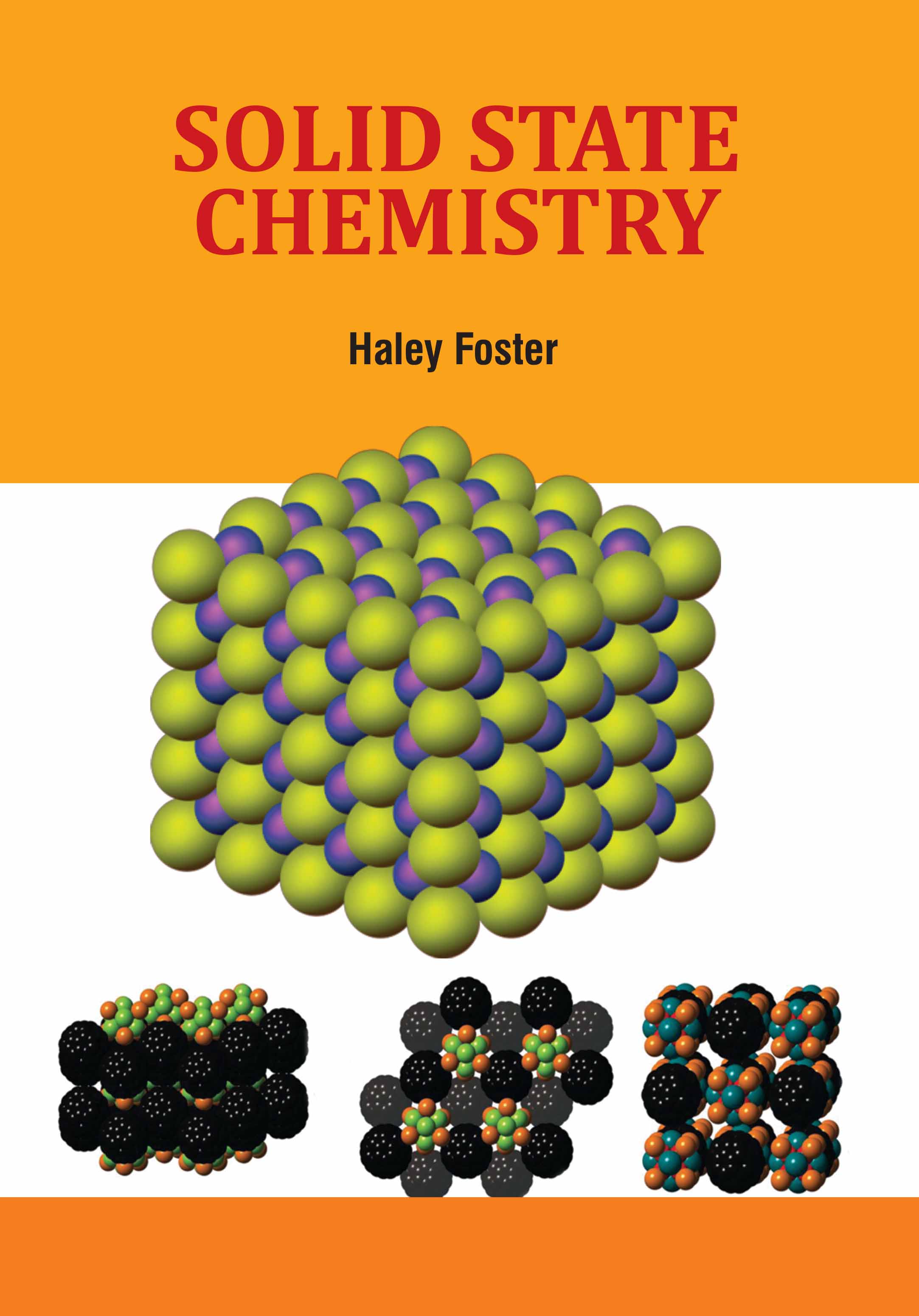About This Book
Concrete construction engineering is a crucial field in civil engineering that focuses on the design,
materials, and techniques used in building structures with concrete. Concrete, a composite material
made of cement, aggregates, water, and admixtures, is widely used in infrastructure projects due to its
durability, strength, and versatility. The engineering process involves several key stages, including
material selection, mix design, formwork construction, reinforcement placement, pouring, curing, and
quality control. Engineers must ensure that concrete structures meet strength and durability
requirements while optimizing construction efficiency and cost. Modern advancements in concrete
technology have introduced innovations such as high-performance concrete (HPC), self-compacting
concrete (SCC), and fiber-reinforced concrete (FRC), enhancing the material's properties. Additionally,
sustainable practices, including recycled aggregates and carbon capture techniques, are becoming
integral to eco-friendly construction. Concrete is used in various applications, including buildings,
bridges, highways, dams, and tunnels. Engineers must address challenges such as cracking, shrinkage,
and weather resistance to ensure long-term performance. With the integration of digital tools, such as
Building Information Modeling (BIM) and automated construction methods, concrete engineering
continues to evolve, improving efficiency, safety, and sustainability in modern construction projects.
Concrete Construction Engineering provides in-depth knowledge on the design, materials, and
construction techniques used in concrete structures, ensuring durability and efficiency in modern
engineering projects.
Contents: 1. Introduction, 2. Reinforced Concrete Design, 3. Properties and Types of Concrete, 4. Building
Materials, 5. Quality Control and Testing in Concrete Construction, 6. Concrete Technology, 7. Concrete
Mix Design and Proportioning, 8. Construction Engineering, 9. Construction Equipment and Procedures.

